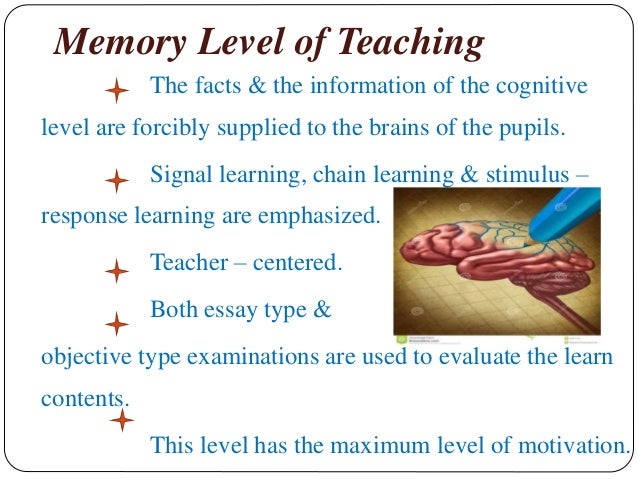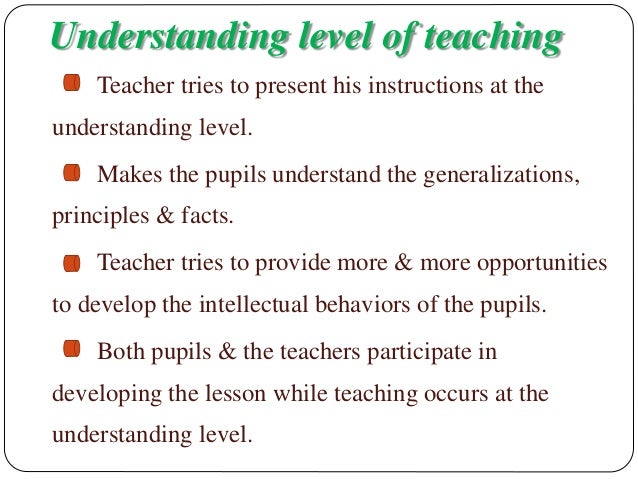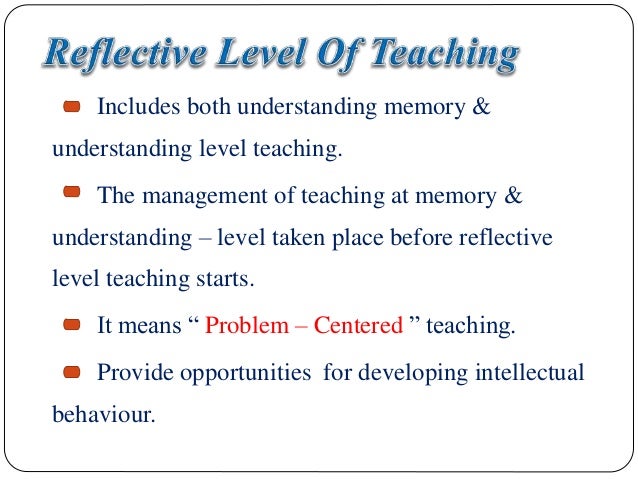Revised Syllabus of UGC NTA NET June 2019- Paper 1

Analysis of revised
syllabus for Paper 1 of UGC NET June 2019
After a period of more
than 10 year, the UGC has changed syllabus of NET, w.e.f June 2019. The
notification of change of syllabus was published by UGC on 06 Jan 2019.
After analyzing new
syllabus, we see that there are 3 major changes.
Change Number 1: The UGC has included many topics, which we do not find in
typical books. For example: Digital initiatives of Higher Education, SDGs, ICT
use in Education, Mass Media, Data Governance, Climate Change initiatives,
Renewable Energy, Developments in higher education, Disaster Mitigation etc.
Look at few books and see how many of them tell us about latest update on Data
Protection Bill of India? or Can you find LEAP and ARPIT ? How many books have
latest composition of renewable energy sources, published by Ministry in Dec
2018? Which was first state to create its budget in SDGs? Which articles of
Constitution refer to Environment Protection? We belive that one/two books can
not cover this. You have go through multiple sources like Ministry website,
NIC, PIB, Parliament Questions/Answers, Year End Achiements, PRS, Newspapers,
IGNOU notes etc etc to cover these topics.
Change Number 2: The UGC has included
many NEW topics like Levels of teaching, Positivism and Postpositivistic
approach, Mood and Figure, Formal and Informal fallacies, Uses of language,
Connotations and denotations of terms, Indian Logic, Environmental Protection
Act (1986), National Action Plan on Climate Change, International
agreements/efforts. We think that by bringing these new topics, the syllabus
has changed by at least 40%.
Change Number 3: Now UGC has
specifically included topics of Fraction, Time & Distance, Ratio,
Proportion and Percentage, Profit and Loss, Interest and Discounting, Averages
etc. Although, questions have appeared from these topics earlier too, but now
there is clear mention in the syllabus. But please note that , in every exam, you can not find more than
1-2 questions from all these topics.
Revised Syllabus of UGC
NET Paper 1 June 2019

Unit-I Teaching Aptitude
Teaching: Concept, Objectives, Levels of teaching (Memory,
Understanding and Reflective), Characteristics and basic
requirements. Learner’s characteristics: Characteristics of adolescent and
adult learners (Academic, Social, Emotional and Cognitive), Individual
differences.
Factors affecting teaching related to: Teacher, Learner, Support
material, Instructional facilities, Learning environment and Institution.
Methods of teaching in Institutions of higher learning: Teacher
centred vs. Learner centred methods; Off-line vs. On-line methods (Swayam,
Swayamprabha, MOOCs etc.).
Teaching Support System: Traditional, Modern and ICT based.
Evaluation Systems: Elements and Types of evaluation, Evaluation in Choice
Based Credit System in Higher education, Computer based testing, Innovations in
evaluation systems.
Unit-II Research Aptitude
Research: Meaning, Types, and Characteristics, Positivism and Postpositivistic
approach to research.
Methods of Research: Experimental, Descriptive, Historical,
Qualitative and Quantitative methods.
Steps of Research.
Thesis and Article writing: Format and styles of referencing.
Application of ICT in research.
Research ethics.
Unit-III Comprehension
A passage of text be given. Questions be asked from the passage to
be answered.
Unit-IV Communication
Communication: Meaning, types and characteristics of
communication.
Effective communication: Verbal and Non-verbal, Inter-Cultural and
group communications, Classroom communication.
Barriers to effective communication.
Mass-Media and Society.
Unit-V Mathematical Reasoning and Aptitude
Types of reasoning.
Number series, Letter series, Codes and Relationships.
Mathematical Aptitude (Fraction, Time & Distance, Ratio,
Proportion and
Percentage, Profit and Loss, Interest and Discounting, Averages
etc.).
Unit-VI Logical Reasoning
Understanding the structure of arguments: argument forms, structure of categorical
propositions, Mood and Figure, Formal and Informal
fallacies, Uses of language, Connotations and denotations of terms, Classical square of opposition.
Evaluating and distinguishing deductive and inductive
reasoning.
Analogies.
Venn diagram: Simple and multiple use for establishing validity of
arguments.
Indian Logic: Means of knowledge.
Pramanas: Pratyaksha (Perception), Anumana (Inference), Upamana
(Comparison), Shabda (Verbal testimony), Arthapatti (Implication) and
Anupalabddhi (Non-apprehension).
Structure and kinds of Anumana (inference), Vyapti (invariable
relation), Hetvabhasas (fallacies of inference).
Unit-VII Data Interpretation
Sources, acquisition and classification of Data.
Quantitative and Qualitative Data.
Graphical representation (Bar-chart, Histograms, Pie-chart,
Table-chart and Line-chart) and mapping of Data.
Data Interpretation.
Data and Governance.
Unit-VIII
Information and Communication Technology (ICT)
ICT: General abbreviations and terminology.
Basics of Internet, Intranet, E-mail, Audio and
Video-conferencing.
Digital initiatives in higher education.
ICT and Governance.
Unit-IX People, Development and Environment
Development and environment: Millennium development and Sustainable development goals.
Human and environment interaction: Anthropogenic activities and
their impacts on environment.
Environmental issues: Local, Regional and Global; Air pollution,
Water pollution, Soil pollution, Noise pollution, Waste (solid, liquid,
biomedical, hazardous, electronic),
Climate change and its Socio-Economic and Political
dimensions.
Impacts of pollutants on human health.
Natural and energy resources: Solar, Wind, Soil, Hydro,
Geothermal, Biomass, Nuclear and Forests.
Natural hazards and disasters: Mitigation strategies.
Environmental Protection Act (1986), National Action Plan on
Climate Change, International agreements/efforts -Montreal Protocol, Rio
Summit, Convention on Biodiversity, Kyoto Protocol, Paris Agreement,
International Solar Alliance.
Unit-X
Higher Education System
Institutions of higher learning and education in ancient
India. Evolution of higher learning and research in Post Independence
India. Oriental, Conventional and Non-conventional learning programmes in
India.
Professional, Technical and Skill Based education.
Value education and environmental education.
Policies, Governance, and Administration.
ALL THE BEST!











